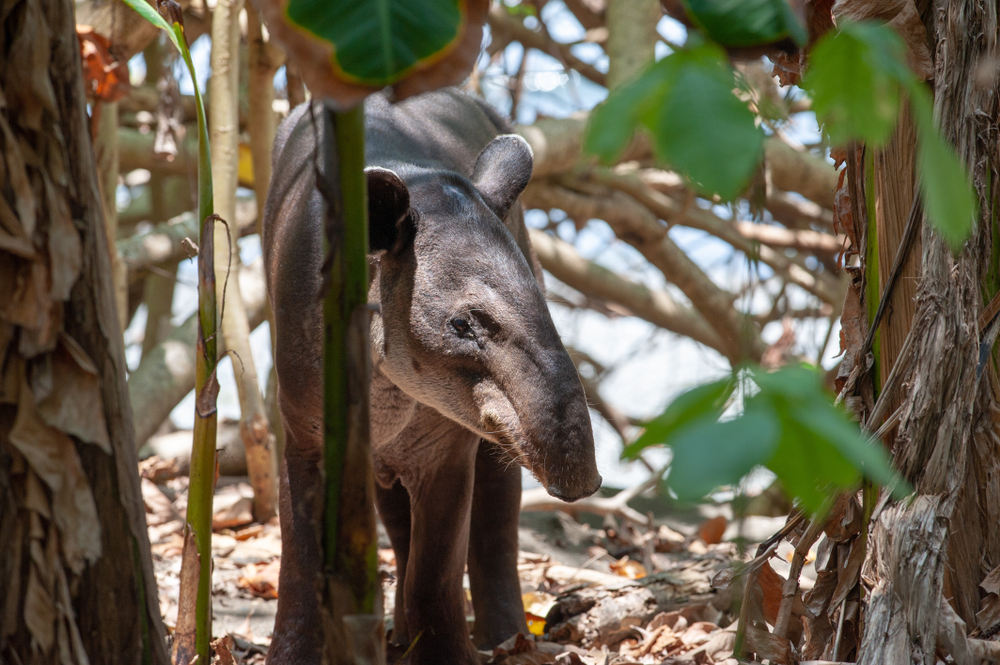Los Aposentos Overview
Los Aposentos National Park, known locally as “Parque Nacional Los Aposentos,” is a picturesque natural reserve located just a few kilometers south of Chimaltenango city in Guatemala. Established in 1955, this park encompasses an area of approximately 0.06 square miles (0.15 square kilometers) and sits at an elevation of 1,750 meters above sea level.
The park’s landscape is characterized by lush, forested areas interspersed with natural springs that feed into two small, serene lakes. These bodies of water are central to the park’s charm, offering tranquil spots for relaxation and reflection.
The surrounding terrain is gently undulating, providing visitors with accessible pathways to explore the rich vegetation. The flora predominantly consists of temperate, subtropical wet forest species, including a variety of pine and oak trees that contribute to the park’s verdant canopy.
Wildlife enthusiasts visiting Los Aposentos National Park can expect to encounter a diverse array of fauna. The park serves as a habitat for numerous bird species, making it a haven for birdwatchers.
Among the avian residents are the resplendent quetzal, Guatemala’s national bird, known for its vibrant plumage, and various species of hummingbirds that flit among the flowering plants. Mammalian inhabitants include small mammals such as armadillos and raccoons, which are often spotted foraging along the forest floor.
A notable feature of the park is its historical significance. Formerly known as “Finca la Alameda,” the area was renamed Los Aposentos in 1929. Today, visitors can explore remnants of historical structures that offer a glimpse into the region’s past.
The park’s well-maintained trails meander through these sites, providing both educational and recreational opportunities.
Visitors to Los Aposentos National Park can engage in a variety of activities designed to immerse them in the natural beauty and cultural heritage of the area. The calm lakes are ideal for paddle boating, allowing guests to enjoy the serene waters while taking in the surrounding scenery.
Picnic areas equipped with facilities provide perfect spots for families and groups to relax and dine amidst nature. For those interested in hiking, the park offers several trails that vary in difficulty, catering to both casual walkers and more avid trekkers. These paths wind through the forest, leading to scenic viewpoints and historical landmarks.
In terms of conservation, Los Aposentos National Park faces challenges common to many protected areas, such as the need for ongoing maintenance and protection of its natural resources.
However, efforts by local authorities and environmental organizations have led to successful initiatives aimed at preserving the park’s ecosystems. Educational programs have been implemented to raise awareness about the importance of conservation, and sustainable tourism practices are encouraged to minimize human impact on the environment. These measures have contributed to the park’s continued vitality as a natural sanctuary and cultural landmark.
In summary, Los Aposentos National Park offers a harmonious blend of natural beauty, wildlife diversity, and historical significance.
Its accessible location near Chimaltenango makes it a convenient destination for those seeking a peaceful retreat into nature. Whether you’re interested in birdwatching, exploring historical sites, or simply enjoying a leisurely day outdoors, Los Aposentos provides a rich and rewarding experience.















































































